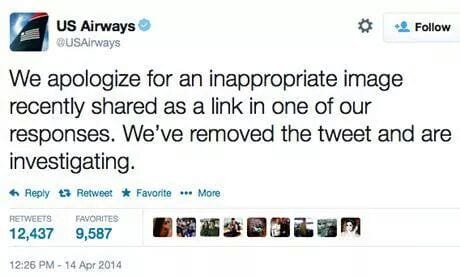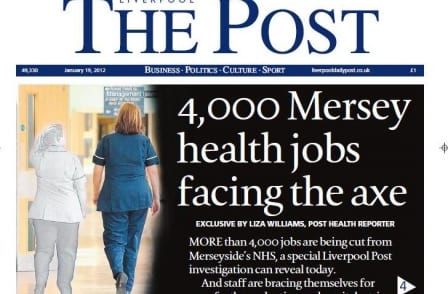“I used to be with it, but then they changed what it was, now what I’m with isn’t it, and what’s it is weird and scary to me. It happened to me, it’ll happen to you too.” – Abraham J Simpson
Grampa Simpson wouldn’t have known that he was talking about the life of a Social Media manager but he pretty much was. As soon as you get used to the workings of one platforms after it tweaks its processes, algorythms or associated electronic jiggery pokery, then another goes and changes it’s feathers too – in this case LinkedIn.
For a good little while now, LinkedIn let company pages display their products and services in a separate tab on the page – kind of like an online catalog that could then link back to a website or microsite and could also be recommended by grateful and helpful customers. Last week LinkedIn announced that they were doing away with this feature and replacing it with something called ‘Showcase’ pages. (Above)
These pages at first glance look like subpages – the screenshot shows Microsoft’s LinkedIn company page and the Showcase pages they have set up for Office, Microsoft Dynamics and Microsoft Lync (me neither). There is a ‘see more’ button underneath but if you scroll to the very bottom of the page (again, me neither) you will see a carousel displaying other Showcase pages a Company Page may have. Microsoft has 12 but you wouldn’t know by looking so I’d expect this feature to be tweaked shortly.
If you click onto a showcase page then this is where things start to get a little confusing. The page looks exactly like a Company Page in its own right – there is a large cover picture at the top, a small description, website link, industry category and even a list of followers. There is a small ‘see more’ button underneath which when clicked displays the ‘home’ Company page and other Showcase pages a brand has but it’s very well hidden.

The Showcase page functions exactly as a Company page does with updates that can be liked, commented upon and shared within your own network.
All of which confirms my own initial thoughts that LinkedIn is trying to get into the content publishing and sharing game itself and is trying to make up the ground on Facebook and Google+ by building its own little data-mine of your likes and preferences. The more you tell it about yourself through your own sharing and posting, the more it will learn about you and tailor future product updates and roll outs towards you, and help make you more visible and viable to it’s corporate client base of recruiters and headhunters.
On a personal level, more and more thought-leaders, celebrities and big names have been given publishing capabilities within LinkedIn, which is a shorter form Blog similar to Medium, which is distinct from a regular post. Ordinary folks like me have are beginning to receive this capability now, again I suspect with the intention of creating more specific content to let LinkedIn narrow down the kinds of things you’ll be interested in down the line.
I think the departing Products and Services tab will be a loss compared to the current format of Showcase pages. If you are a big corporation like Microsoft, then yes, you have more rationale for setting up these pages but if you are a smaller company or producer, by taking the plunge you risk diffusing your content and messages as right now the onus is very much on the user to go hunting through the Showcase pages of a company to find precisely what they want to know – it’s a lot easier if it’s literally on the same page.








